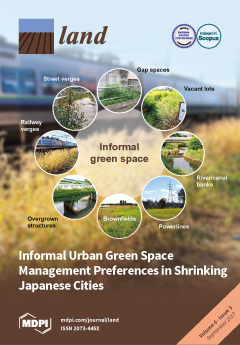Impacts of land use and land cover change on surface runoff, discharge and low flows: Evidence from East Africa
Region
East Africa.
Focus
A review of catchment studies (n = 37) conducted in East Africa evaluating the impacts of Land Use and Land Cover Changes (LULCC) on discharge, surface runoff, and low flows.








